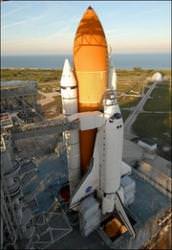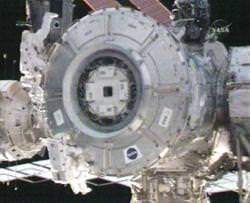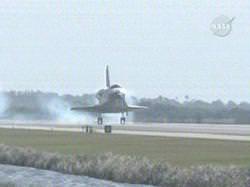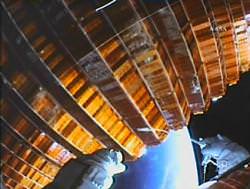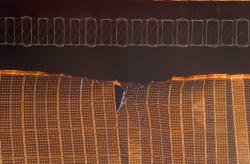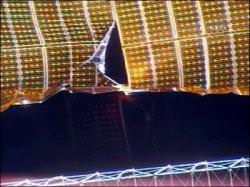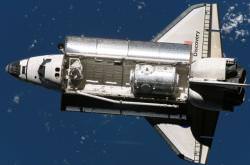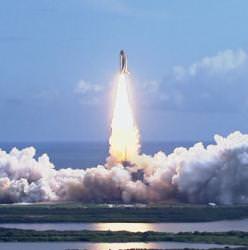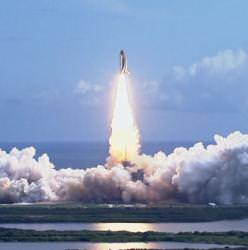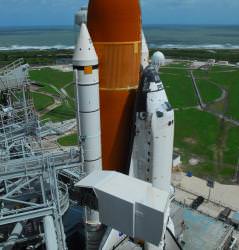The crew of STS-122 and the Columbus science module will have to wait a little longer for their ride to space. The launch of space shuttle Atlantis has been pushed back to no earlier than Saturday, December 8. After assessing the problem with the engine cutoff sensors that scrubbed Thursday’s scheduled liftoff, NASA’s Mission Management Team decided they needed more time to look at the problem. But even a Saturday launch is a best-case scenario, and further delays loom as a possibility.
Engineers continue to examine the circuitry and NASA will hold a briefing at 5 pm EST today to announce when another launch will be attempted. A Saturday launch would be at 3:43 pm and Sunday at 3:20 pm EST. The forecast for Saturday calls for a 60 percent chance of good weather, improving to 70 percent on Sunday.
Based on data received during fueling on Thursday, engineers believe the problem may involve an open circuit between the sensors in the hydrogen portion of the external fuel tank and an electronic box in the shuttle main engine compartment. Two of four sensors failed in a test that is routinely done during tanking. The fuel cutoff sensor system is one of several that protect the shuttle’s main engines by triggering their shut down if fuel runs unexpectedly low. Launch Commit Criteria require that three of the four sensor systems function properly before liftoff. The sensors also gave another false reading while the tank was being emptied, but are now currently indicating correctly the tank is dry.
The current launch window closes on December 13. If the shuttle can’t launch before then, the next earliest launch date wouldn’t be until January 2. While NASA officials initially said they would try to launch today, after a five hour meeting the Mission Management Team decided to hold off for another day. “We need more time,â€? said LeRoy Cain, Chairman of the MMT. “This (problem) is a little bit new, so we want to sleep on it. I can almost guarantee you we will have some new thinking after we let this team go home and rest.”
Since engineers think the problem lies in an open circuit, currently, NASA doesn’t believe any major repairs in hardware will need to be done, which would cause a longer delay for the launch.
“We’re still hoping, and have reason to believe, that we’re going to get off in December,” said Doug Lyons, NASA’s shuttle launch director, “and that’s what we’re shooting for.”
Atlantis will carry the crew of STS-122 to the International Space Station to deliver the Columbus Science Module. Columbus is the European Space Agency’s major contribution the ISS.
Officials from the ESA were disappointed in the delays, but said that safety is most important. “This is perfectly normal,” said Alan Thirkettle, the ESA’s space station program manager, of the launch delay. “We want to launch on time, but we want to launch right.”
Original News Source: NASA TV

